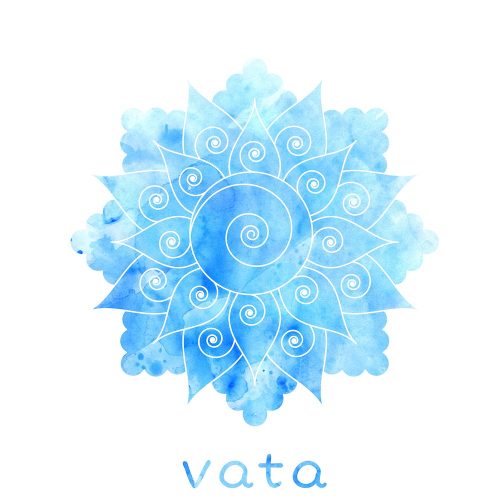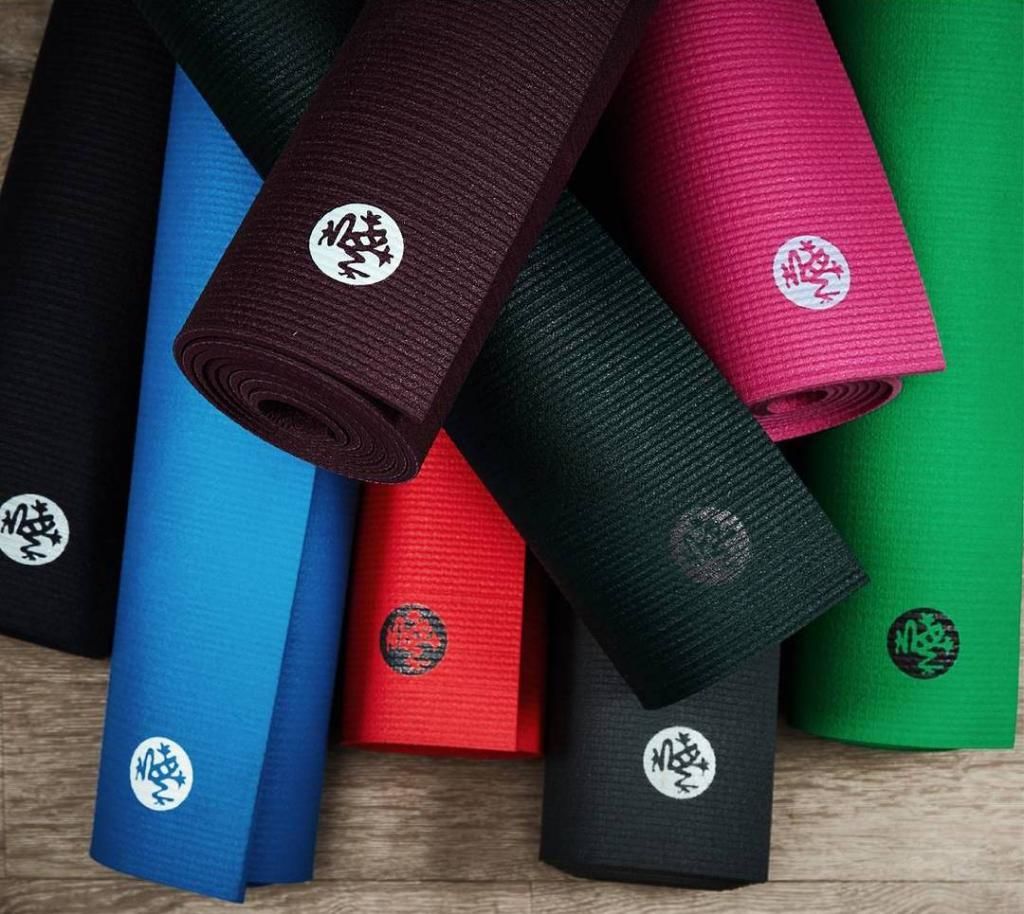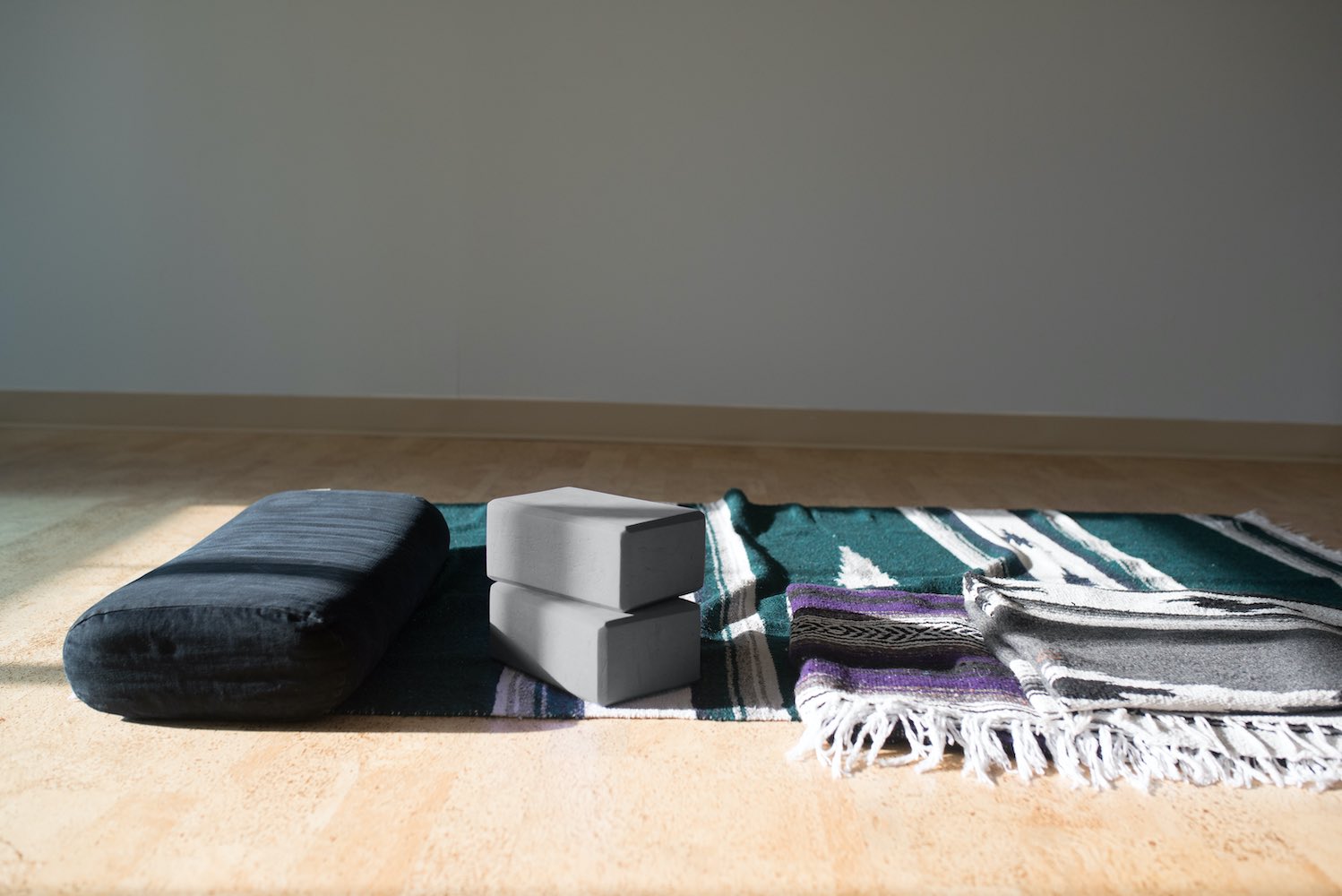According to Ayurveda, each person is unique and will be attracted to and benefit from different yoga practices. When we directly attune with natural cycles, even linking our breath with movement on our yoga mats, we can aim to do practices at the most appropriate and beneficial times, based on nature, as well as our individual constitution. Modern culture often encourages the bypassing of differences as a way to harmonize biased thinking patterns. This doesn’t actually harmonize differences; it tries to eliminate them. That mode of thinking isn’t serving our overall harmony and health. Instead, what we want to do is recognize, value, and honor differences in order to allow us to discover our unique strengths and grow internally. As a way to understand our differences, Ayurveda suggests that each person has a unique constitution based on the three doshas: vata, pitta, and kapha. Depending on which elements are the most dominant in your unique constitution, you can cater your yoga practice to be balancing and beneficial.
The first step is to learn your constitution, then determine which practices are most beneficial to help balance natural tendencies, and, finally, cater your self-practice to your constitution. Take this quiz to find out what your dosha is. Here are some suggestions for balancing vata doshas, characterized by the elements of air and ether (space):
How to Spot a Vata Constitution
Vatas are typically attracted to yoga, as their natural tendency to be flexible and mobile means they experience early success performing poses. A vata excels at creativity, dynamic flexibility, and light nature. Additionally, they are often looking for exciting and interesting movement-based activities like yoga.
Vata-Balancing Yoga
Asanas most suitable for balancing vatas are calming and grounding, and they foster mental balance. They counter the tendency in vata-dominant people to be spacy, nervous, or agitated, and aim to decrease fear, worry, and anxiety on the emotional level. Physically, these asanas can help alleviate constipation, lower back pain, and joint pain. Vata types need to be mindful to not overextend their naturally wide ranges of motion or exploit their naturally mobile joints. For the vata yogi/ni, a steady practice (both in frequency and duration) is helpful.
- Attitude to cultivate: firm, even, consistent
Try removing distractions and keeping your mind present. Practice moving slowly, gently, and without force.
- Breath: calm, deep, and with an emphasis on the inhale (via the ujjayi breath; alternate-nostril breath, nadi shodhana, is also great for balancing vatas)
- Room: quiet, grounded, systemic, comfortable, warm
- Focus: rooting the feet (especially big toes); build core strength; maintain, but do not overextend, flexibility; hold poses, especially standing, seated, and forward folds, longer than a minute; increasing concentration; making prana smoother and finer
- Focused area: lower abdomen, pelvic floor, and colon
Vata-Balancing Yoga Sequence
- Start with slow movement to focus the mind. (Consider the joint-freeing series by Mukunda Stiles.)
- Wind-releasing pose (pawanmuktasana)
- Easy seated pose (sukhasana)
- Sun salutations (surya namaskarasana)
- Bound angle pose (baddha konasana)
- Standing forward bend (uttanasana)
- Tree pose (vrikshasana)
- Triangle pose (trikonasana)
- Cat-cow pose (chakravakasana)
- Thunderbolt pose (vajrasana)
- Cobra pose (bhujangasana)
- Child’s pose
- Supported inverted pose (viparita karani)
- Yogic seal pose (mudrasana)
- Alternate-nostril breathing (nadi shodhana) – 10 rounds
- Seated meditation
- Corpse pose (savasana)
In addition to being great for vata doshas, this practice is wonderful for the fall and early winter seasons, when most people are impacted by the wind, dryness, and mobility present during that time of year. Typically, the vata time of day (when it would also be beneficial to practice this type of sequence) is in the early morning hours, before sunrise, and in the late afternoon, into the early evening. Finally, the later years of one’s life are also considered a vata-dominant time. Stay tuned for my next article all about the pitta constitution.















2 replies on “The Best Type of Yoga for Vata Doshas”
OMG! My apologies on the name correction feature on my iPhone Bridget!
Thank you for your kind support, wisdom & thoughtful insight tailored to who I am & my Yoga practice Britney.
Namaste
Loki